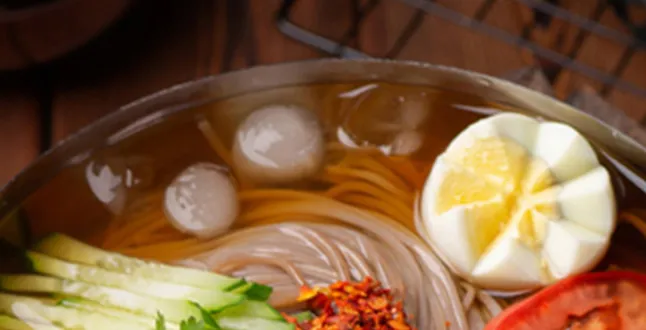dried buckwheat noodles
The Culinary Delight of Dried Buckwheat Noodles
When we delve into the realm of international cuisine, few dishes capture the imagination like dried buckwheat noodles, a staple in many Asian kitchens, particularly in Japan, Korea, and certain regions of China. Known as soba in Japan and naengmyeon in Korea, these noodles have a rich history and an array of health benefits that make them a beloved choice among food enthusiasts and health-conscious individuals alike.
What Makes Buckwheat Special?
Buckwheat is not a grain but a pseudocereal, which means it is often grouped with grains due to its culinary uses. Unlike traditional wheat, buckwheat flour is gluten-free, making it an excellent alternative for those with gluten intolerance or celiac disease. Rich in nutrients, buckwheat is a good source of protein, fiber, iron, and antioxidants, offering numerous health benefits that range from improved digestion to better heart health.
Dried buckwheat noodles are made predominantly from buckwheat flour and sometimes mixed with wheat flour to enhance their elasticity and texture. This combination creates a unique flavor profile that is nutty and earthy, providing a satisfying base for various dishes. The different preparation methods and regional specialties showcase the versatility of these noodles, making them an exciting subject to explore in culinary arts.
Culinary Versatility
Dried buckwheat noodles can be enjoyed in myriad ways. In Japan, soba noodles are traditionally served in a light broth, chilled with a dipping sauce, or stir-fried with vegetables and proteins. One of the most popular ways to enjoy them is zaru soba, where the cold noodles are served on a bamboo mat alongside a soy-based dipping sauce, garnished with scallions, wasabi, and nori. This dish is not only refreshing but also highlights the subtle flavors of the buckwheat itself.
dried buckwheat noodles

In Korea, naengmyeon (cold buckwheat noodles) is famously served in a chilled, tangy broth, often made from beef or dongchimi (radish water kimchi). This dish is particularly popular in the summer months, providing a light yet filling meal for those hot days. The chewy texture of the noodles pairs impeccably with crisp vegetables and soft-boiled eggs, creating a well-rounded dish that is both satisfying and nutritious.
The adaptability of buckwheat noodles also extends to stir-fries, salads, and soups, allowing chefs to experiment with diverse ingredients and flavors
. Whether you toss them with stir-fried vegetables, mix them into a salad with sesame dressing, or serve them in a broth enriched with a variety of spices, dried buckwheat noodles can seamlessly integrate into numerous culinary creations.Health Benefits
In addition to their culinary versatility, dried buckwheat noodles offer numerous health benefits. Their high fiber content aids digestion, promoting gut health and helping to maintain a healthy weight. Furthermore, buckwheat is known to help regulate blood sugar levels, making it a suitable choice for individuals managing diabetes. The antioxidants found in buckwheat, such as rutin, can help reduce inflammation and lower the risk of chronic diseases.
Incorporating dried buckwheat noodles into your diet can be a delicious way to enhance your nutrition while enjoying a variety of flavors. Whether you're whipping up a quick meal or preparing an elaborate feast, these noodles can serve as a wholesome and satisfying base for many dishes.
Conclusion
Dried buckwheat noodles represent more than just a food product; they encapsulate a culinary tradition that values health, flavor, and versatility. With their unique taste and texture, they can elevate ordinary meals to extraordinary heights. As global awareness of healthy eating grows, the humble buckwheat noodle deserves a prominent place on our plates and in our kitchens. So, whether you savor them in a simple broth, alongside fresh vegetables, or in a vibrant stir-fry, take a moment to appreciate the rich history and nutritional prowess of dried buckwheat noodles.
-
Unleash Your Inner Chef with Delectable Italian Pasta CreationsNewsAug.01,2025
-
Savor Health and Flavor: Irresistible Soba Noodles for Sale Await!NewsAug.01,2025
-
Nourish Your Body with Premium Organic Ramen - A Culinary Delight AwaitsNewsAug.01,2025
-
Elevate Your Dishes with Our Exquisite Kinds of Egg NoodlesNewsAug.01,2025
-
Dive into Flavorful Convenience with Our Ramen OfferingsNewsAug.01,2025
-
Discover Exquisite Types of Naengmyeon and Chilled Soba NoodlesNewsAug.01,2025
-
Is Whole Wheat Pasta Healthy?NewsMay.30,2025
Browse qua the following product new the we

















































































































